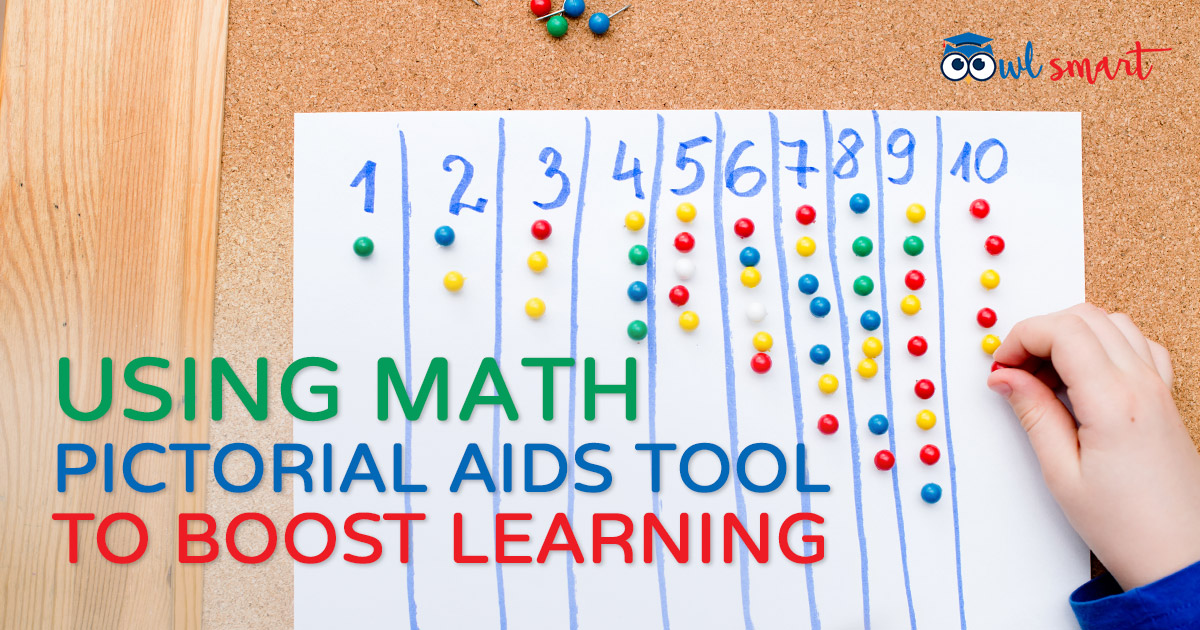
When it comes to learning Mathematics in the Singapore primary education system, the C-P-A approach is always encouraged.
C-P-A Approach
As far as possible, teachers in schools will try to teach a concept in the Concrete Stage (hands-on activities using manipulatives) and the Pictorial Stage (using diagrams, models, etc) before moving on to the Abstract Stage whereby your child will solve problem sums without the use of manipulatives or even diagrams.
One thing we as adults need to take note of is - these children are still very young and simple concepts that we think are easy might not be that straightforward to them, especially lower primary students.

Importance of Pictorial Stage
For example, look at the following P1 questions.
20 - ? = 14
? - 9 = 6
9 + ? = 17
How would you go about teaching your P1 child how to solve the above questions? Easy? Does your child add the two numbers when he is supposed to subtract or vice versa?
For adults, it is VERY easy, but for a 7-year-old kid, it might be confusing... For parents who have average P1 kids and tried teaching them, you will understand what I mean...
You are worried why your child could not do questions like these sometimes and you are even more annoyed with yourself why your child could still get these questions wrong even after you have taught them how to do it a few times.
As an educator, I would strongly recommend using pictures or diagrams (Stage 2 – Pictorial Stage) as much as possible to guide your child in learning Math. It is important!
For example,
You can teach your child which is the total and which are the parts.
20 - ? = 14
For a number sentence like this, it is always
Total – Part = Part
Thus, 20 is the total, 14 and ? are the parts. Use number bonds to see the relationships between parts and total.

The two parts link to the total which means the two parts add up to give the total. To get the missing part, you need to subtract a part from the total. 20 – 14 = 6. The missing number is 6!
Likewise, for 9 + ? = 17
It is Part + Part = Total

The two parts link to the total which means the two parts add up to give the total. To get the missing part, you need to subtract a part from the total. 17 – 9 = 8. The missing number is 8! Some students will add 9 to 17 when they see the addition sign!
Let's look at two more examples of how pictorial aids, especially models, can be useful in upper primary levels.
Example 1 (P5)
3/7 of Sam's savings is equal to 1/2 of Karen's savings. Express Sam's savings as a ratio of their total savings in its simplest form.
Models

Comments
Based on the fractions 3/7 and 1/2, we can see that 3 units (in black) of Sam is equal to 1 part (in red) of Karen. By splitting a part into 3 units, Karen will have a total of 6 units and we can compare the number of units of both Sam and Karen easily in ratio.
Note that this question can be solved by using the concept of equal numerators. However, it is abstract and can be tough to understand. Student will just be going through the motion without real understanding. Using models in this case will help your child to truly understand and solve this type of question better at first.
Example 2 (P6)
Ali and Ben have a total of 240 game cards. 2/5 of the number of game cards Ali has is 6 more than 1/2 of the number of game cards Ben has. How many game cards does Ben have?

6 + 6 = 12
We add 12 more to the total so that Ben will have 4 complete units.
New total (not actual total) = 240 + 12 = 252
9 units = 252
1 unit = 252 ÷ 9 = 28
4 units = 28 x 4 = 112
112 – 12 = 100
Ans: 100
Comments
Model drawing (part-whole or comparison model) can usually be carried out when there is a construct of "more than or less than" and "number of times as many as" in the question.
Based on the model, we can see clearly how 2 units of Ali is 6 more than 1 part of Ben. Through "adding and extending", we can make complete units for Ben just like Ali so that the problem can be solved more easily without the use of algebra which is abstract and tougher for weaker students to understand.
Conclusion
I hope you have found the sharing helpful. Pictorial aids are vital in helping a child understand primary math concepts (P1 to P6) learnt in the syllabus. Try putting yourself in the shoes of your kid and think of ways to explain concepts to him/her in a clear and visual way whenever possible.
About the Author
Teacher Zen has over a decade of experience in teaching upper primary Math and Science in local schools. He has a post-graduate diploma in education from NIE and has a wealth of experience in marking PSLE Science and Math papers. When not teaching or working on OwlSmart, he enjoys watching soccer and supports Liverpool football team.



